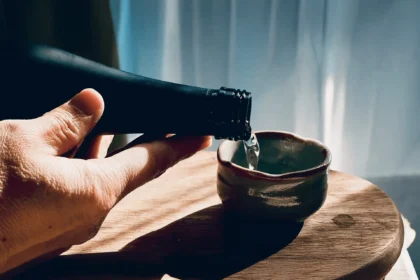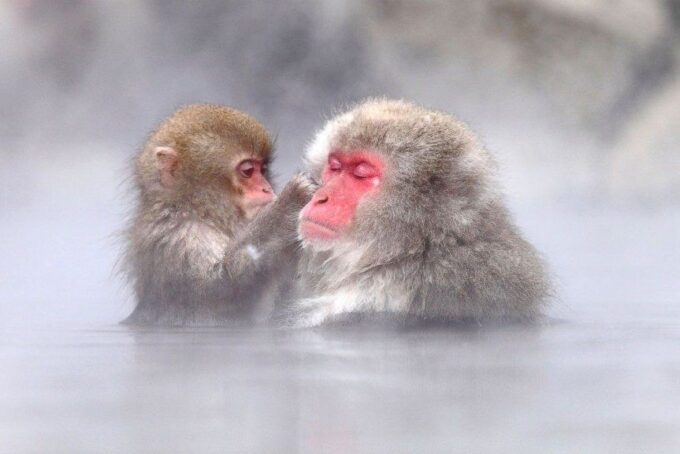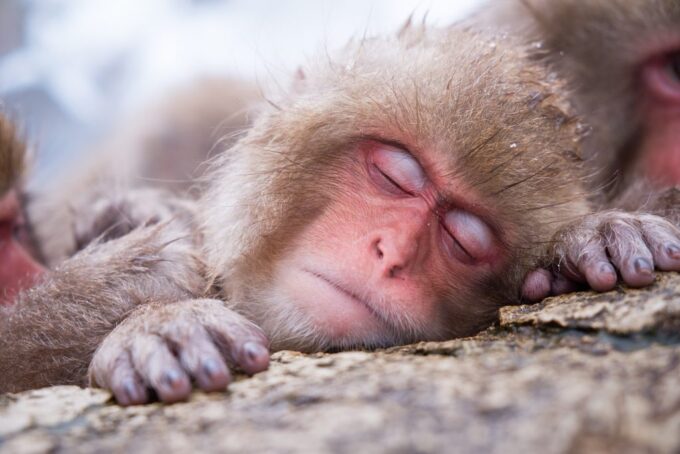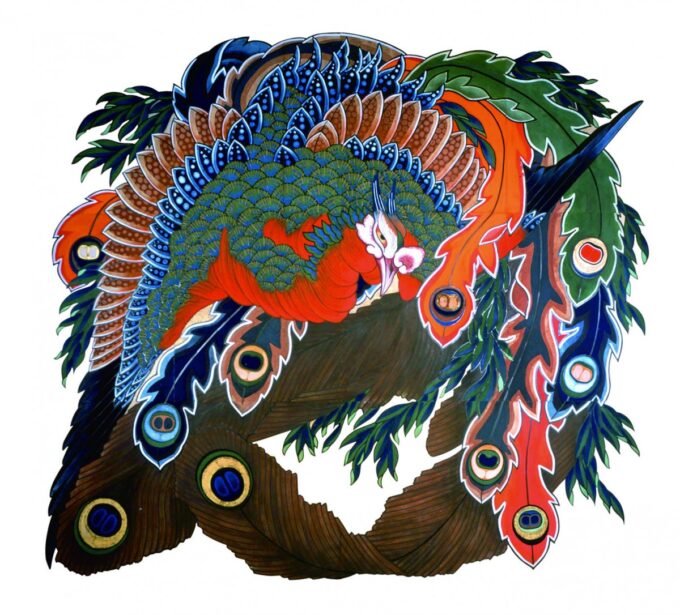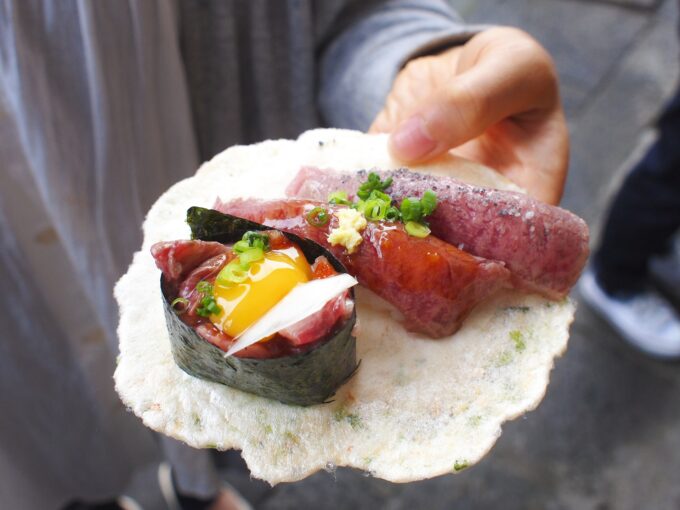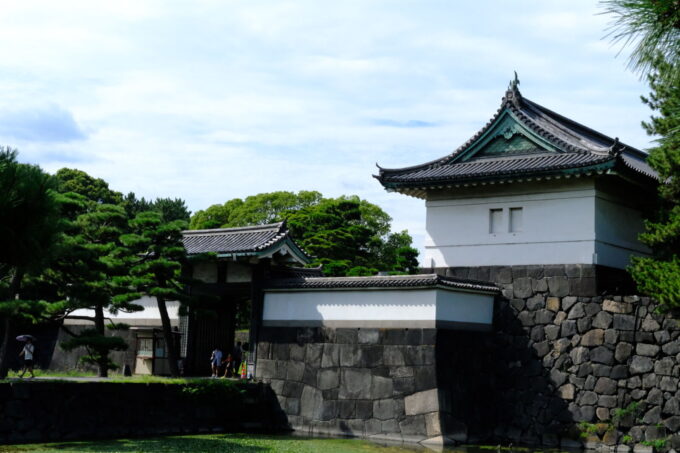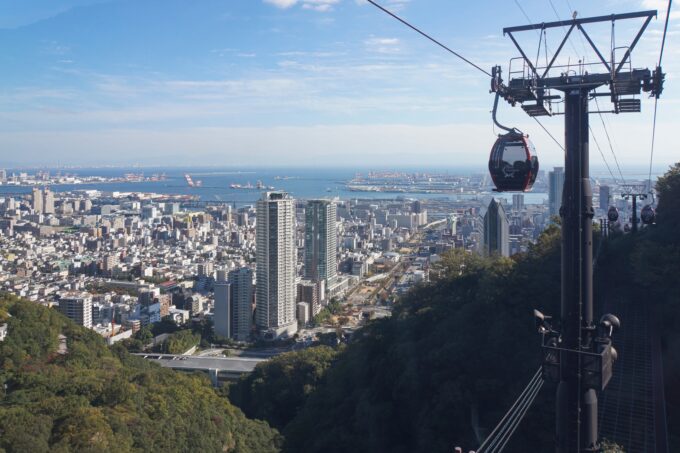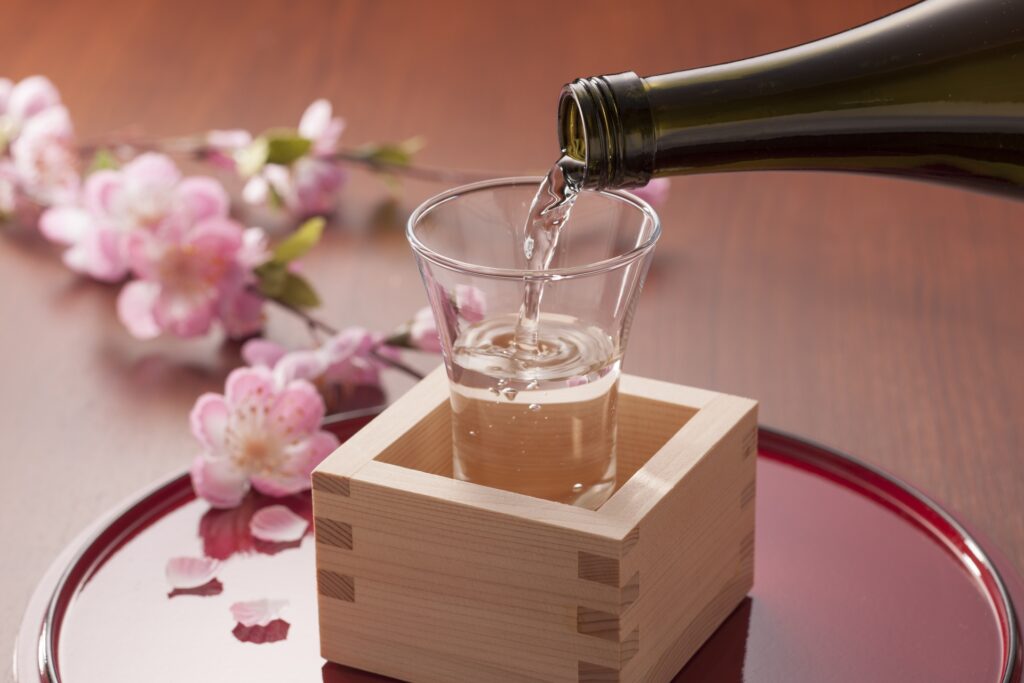
More properly referred to as 'nihonshu', sake plays a fundamental role in the cultural fabric of Japan. With a heritage stretching back around two thousand years, production of sake is now an artform, the exploration of which leads you into an indulgent world. It may take a lifetime to master but you'll enjoy every step on that journey. On this page you will find the following information:
-- Group Tours that Involve a Guided Sake Tasting
-- Japanese Sake: An Introduction
-- Understanding %: It’s All About the Rice
-- Top 4 Sake Regions in Japan
-- Wine & Dine in Nagano: Book a Tour or Charter
-- Terminology You Should Know
The popularity of sake is booming internationally and aficionados of the drink will find many excellent breweries to sample and buy from throughout Japan. For those taking their first taste of this indulgent world, the brewing process and terminology of sake can at first seem daunting. But armed with some basic information and a couple of key phrases, visitors can quickly start to understand the world of sake, how to choose one and most importantly, the cuisine to match it with.
GROUP TOURS THAT INCLUDE A GUIDED SAKE TASTING
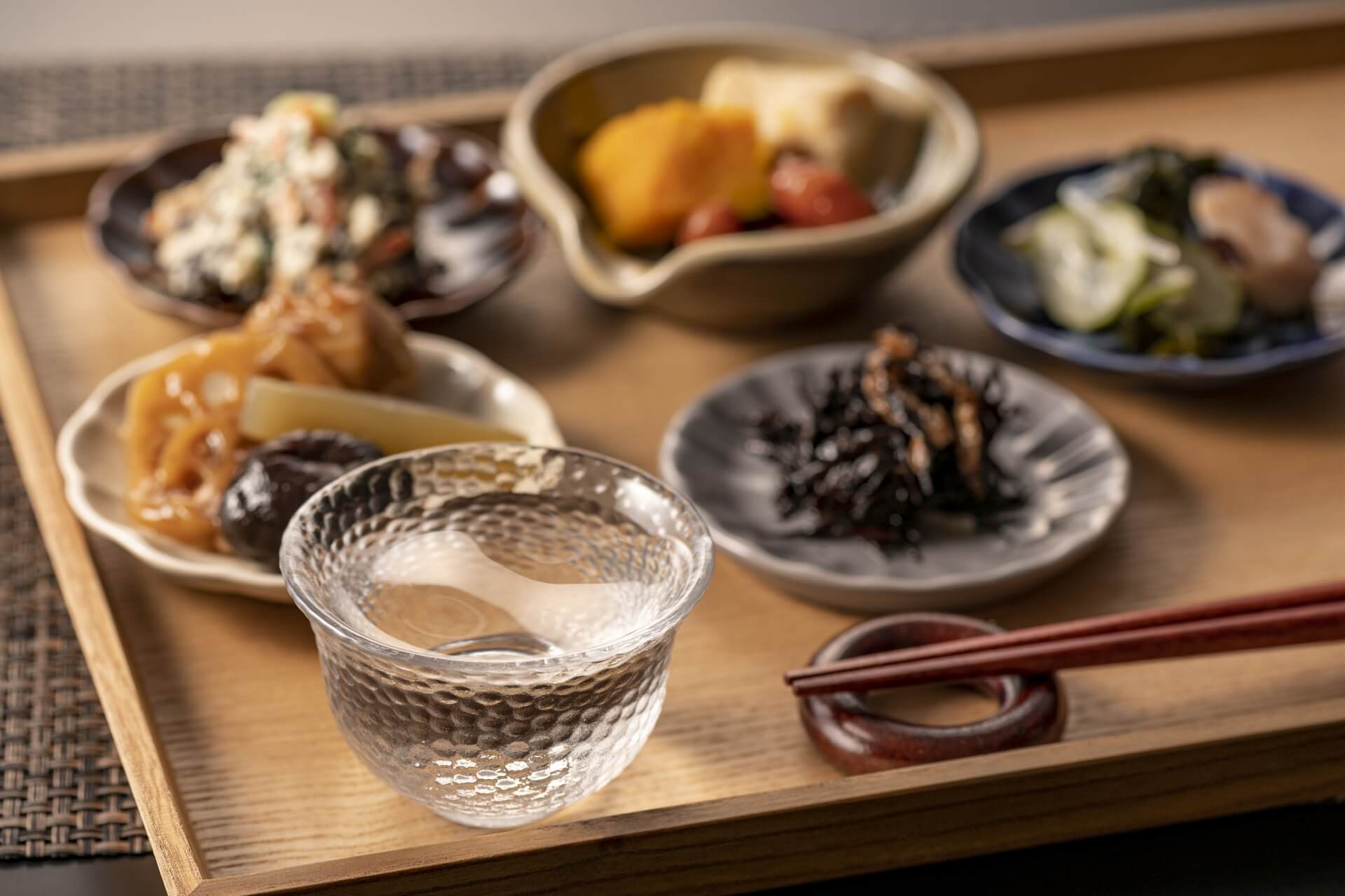
As a premier tour operator and travel agency in Central Japan, we have several group tours that run daily throughout the country that involve sampling and learning more about Japan's historied brewing culture. Although the article below can elaborate on all of the detailed statistical information and facts about Japanese sake, our expert guides on these tours can bring them to life them in layman's terms as you enjoy your drink! We hope that we can entice you to participate in any of the guided tours that visit the finest sake local sake breweries at following areas below:
Nagano Area
Temples, monkeys, and Japanese sake; All hallmarks of Nagano's excellence! Join us and appreciate the best of Nagano's offerings from starting locations in Nagano or Hakuba (Winter), including a visit to a local brewery with ties to the famous temple of Zenko-ji.
(Winter Only) 1-Day Tour From Nozawa Onsen: Snow Monkeys, Zenkoji Temple & Sake
- Spots:
- Pick-up:
- Drop-off:
Offering the same experience at the above, along with a visit to the same brewery, take a break from your day on the slopes to recharge and relax as our coach takes you to the Snow Monkey Park and Zenko-ji Temple in convenience.
During the free time on this tour that pays homage to a famous Japanese artist, enjoy a sake tasting by your own means in an over 300 year old brewery that has a connection to Katsushika Hokusai and his famous artworks.
Takayama Area
1-Day Tour in Takayama: Foodie Adventure, Showa Era, & the Old Town
- Spots:
- Pick-up:
- Drop-off:
After enjoying the foodie offerings in the storied old town streets in Takayama, enjoy a guided sake tasting to round out your culinary quest! This is the perfect tour for food lovers that want to appreciate local delicacies!
Tokyo Area
Ultimate Tokyo Tour : Imperial Palace, Sake, Robots, Japanese Gardens and Edo Museum
- Spots:
- Pick-up:
- Drop-off:
While soaking in the history of Japan's capital, sample not only sake, but also shochu as well to challenge your palate in a fashionable sake center.
Nagoya Area
[START FROM NAGOYA] Rural Japan in Magome & the Kiso Valley Private Tour
- Spots:
- Pick-up:
- Drop-off:
With farm-to-table buffets and a glimpse into the meandering post towns of the Nakasendo Trail, enjoy a sake tasting at a renowned brewery while you relax the day away!
Kansai Area
End your day with a well known sake district in this bustling city bordering the mountains and the sea.
Based in Nagano, we are the region’s No.1 tour and charter operator and a registered travel agent. We are proud to call Nagano our home for many reasons, but not least that it ranks among Japan’s largest and best sake and wine producers. We operate all year round and offer tours, transport, accommodation and more including visits to the finest local sake breweries, wineries and restaurants. We hope that we can entice you to visit.
JAPANESE SAKE: AN INTRODUCTION
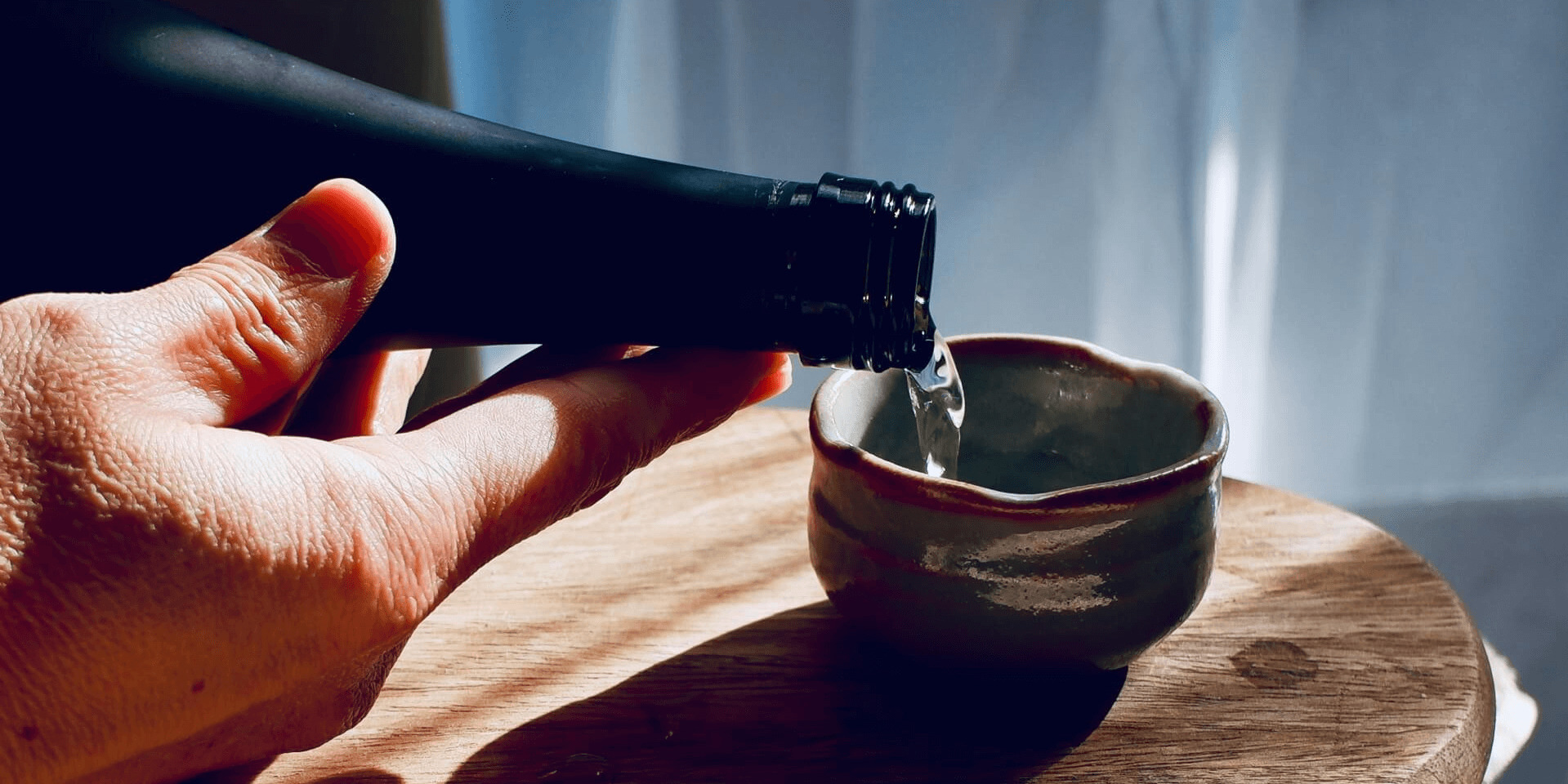
Whether you have visit Japan or not, it’s likely that you have of and perhaps tried ‘sake’. Made from rice and water and multi-stage fermentation, sake is a brewed alcoholic drink that is widely consumed across Japan, with an estimated 1500 breweries spread throughout the country. For first-time visitors to Japan, it’s important to note that the world ‘sake’ - ‘酒‘ - actually refers to all alcohol including beer, wine and spirits. What most foreigners call sake is known as ‘nihonshu’ – 日本酒 – or ‘seishu’- 清酒 – translating as ‘Japanese alcohol’ and ‘refined/processed alcohol’ respectively.
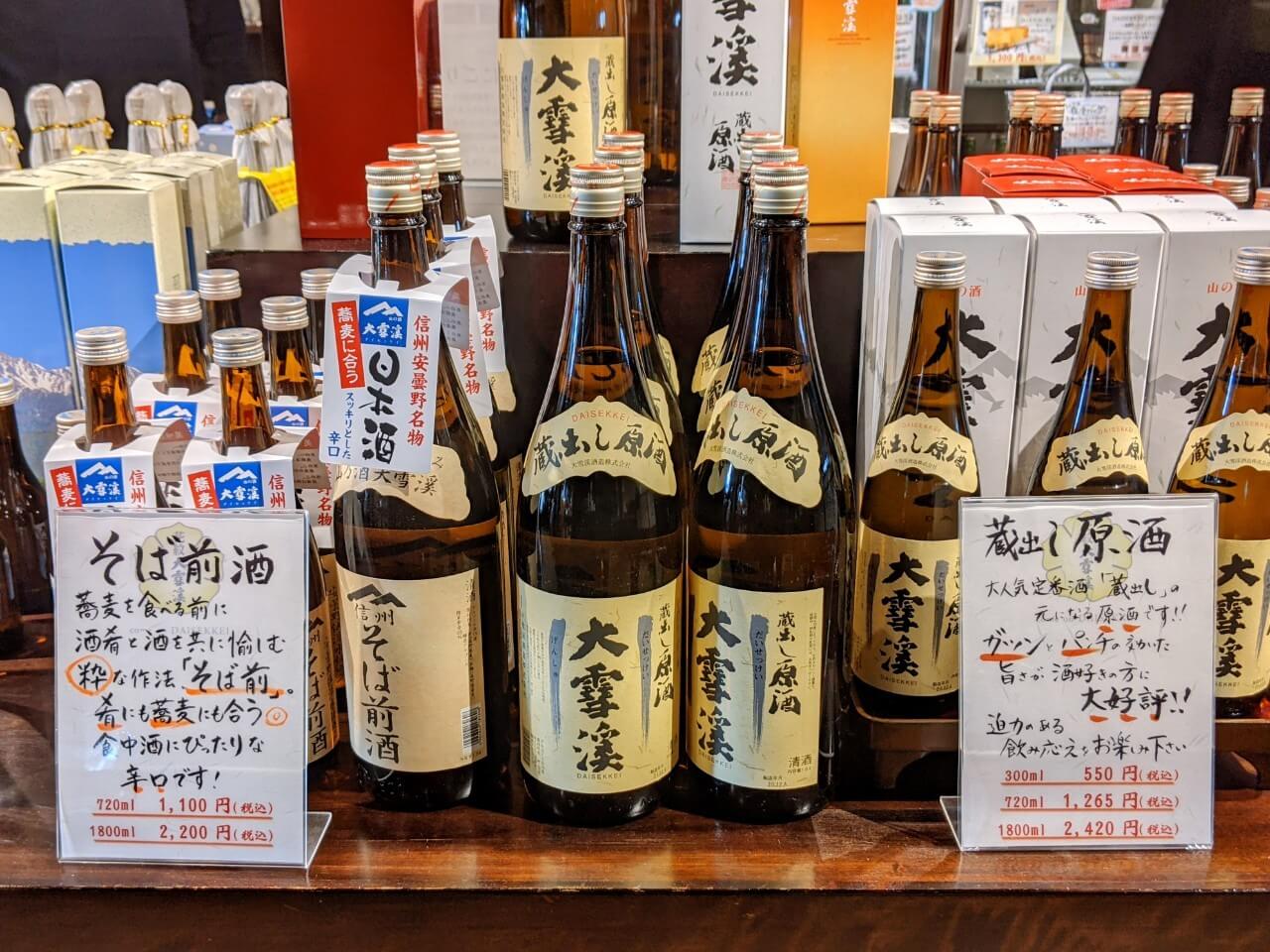
The method of brewing alcohol from rice grain was brought from China around 2,000 years ago, and since that time refined to a point that ‘sake’ or better said, ‘nihonshu’ is a distinctly Japanese product that pervades the national culture, from family homes, social gatherings, business meetings to official functions of state and religious ceremonies.
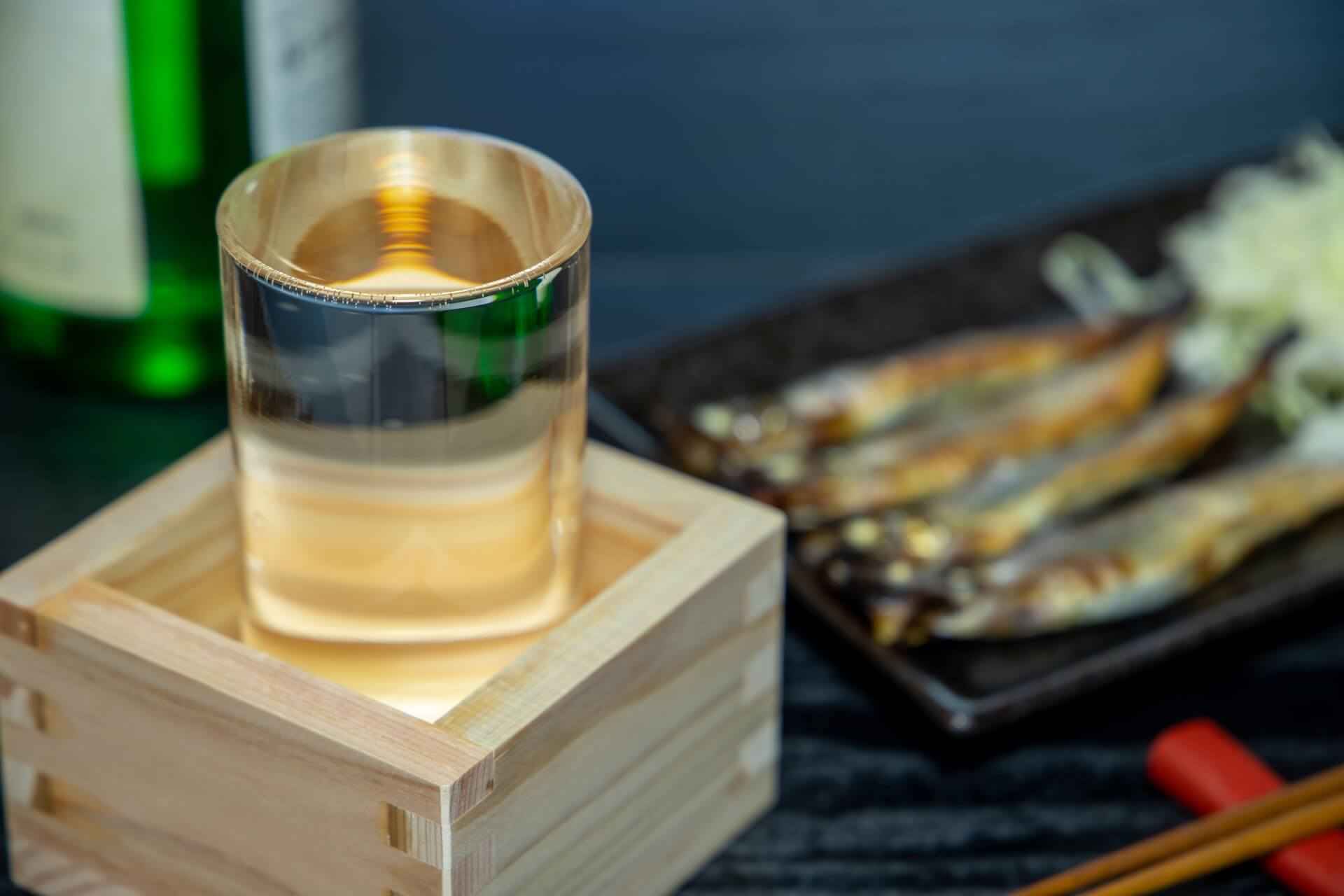
Most sakes range from 12% to 17% alcohol (up to around 21% at its strongest) with a broad range of taste, such as dry and sweet, that will be easy for anyone to recognize and appreciate. Many are delicate and brewed to pair with local cuisine while others are raw and ready to go all by themselves. Brewing mostly occurs in the winter months of winter to February, taking advantage of new rice harvested in autumn and the lower winter temperatures that help control the fermentation process. Most sake is pasteurized – at least once, often twice – during the brewing process and for that reason will not improve over time, with a recommendation that most are consumed within 6 to 12 months; while also noting that both ‘namazake’ (unpasteurized sake) and ‘koshu’ (aged sake) exist and only add to the breadth and complexity of this indulgent world. In order to enjoy sake while in Japan it’s worth familiarizing yourself with its characteristics and the basics of brewing, and to do just that, it’s most important to start with:
UNDERSTANDING %: IT’S ALL ABOUT THE RICE
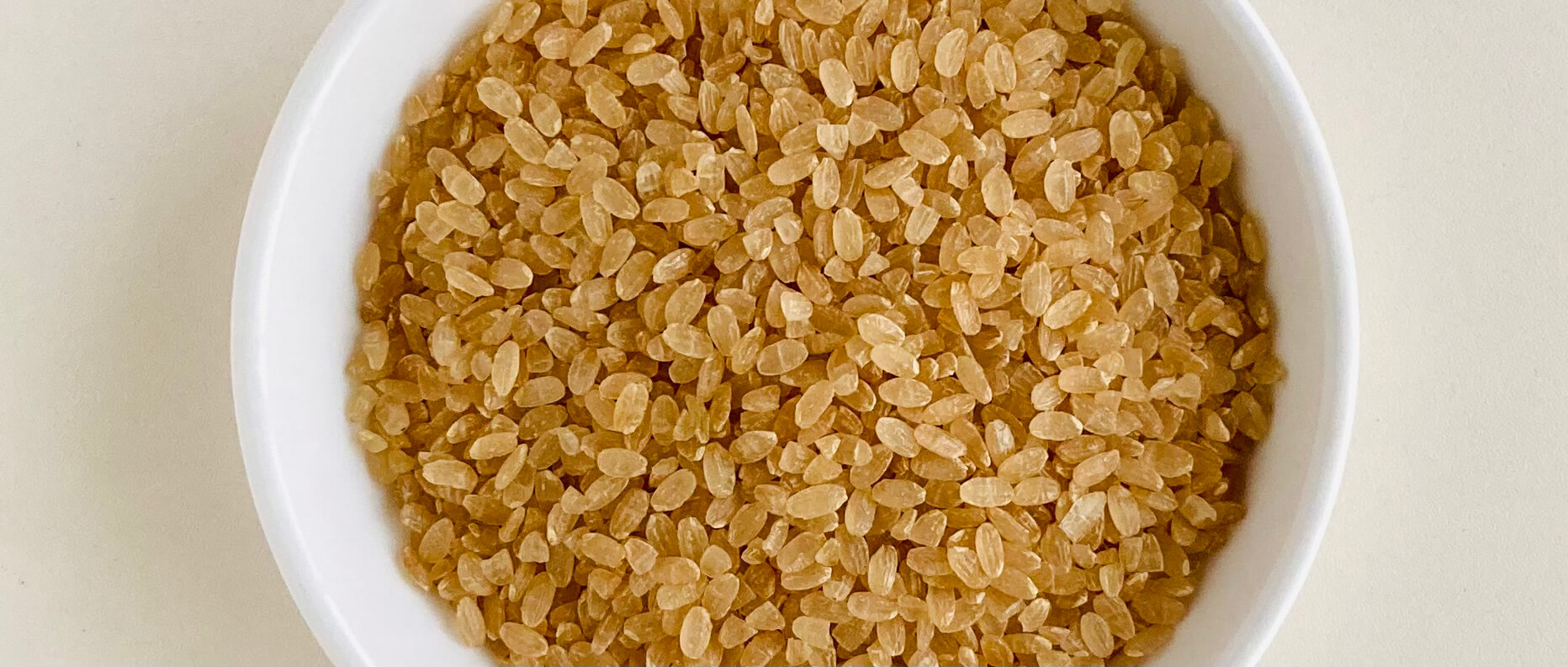
There is a common misconception about the alcoholic content of sake that can easily be dispelled. As there are many different percentage markings that are present upon the label, some people may see 65% present on the labelling and believe that to be the percentage of alcoholic content, but that is not the case. In order to sell their sake, brewers must meet certain standards and list specific information on the label of all bottles including the percentage of rice and alcohol content. As explained under ‘The Brewing Process’ below, the first stage of processing sake is to ‘polish’ or ‘mill’ the rice grain. This involves stripping the raw grain, called ‘genmai’, of its outer husk and layers. This is done to remove poor tasting fats and minerals that spoil the overall quality of the sake. The percentage to which the rice has been polished – the ‘rice polishing rate’ - must be displayed on the bottle and will be shown as a percentage, typically somewhere between 70% to around 23% (at its lowest). Understandably, when looking at a bottle this percentage catches many peoples’ eye and they understandably think it is the alcohol percentage, when it is not connected at all.
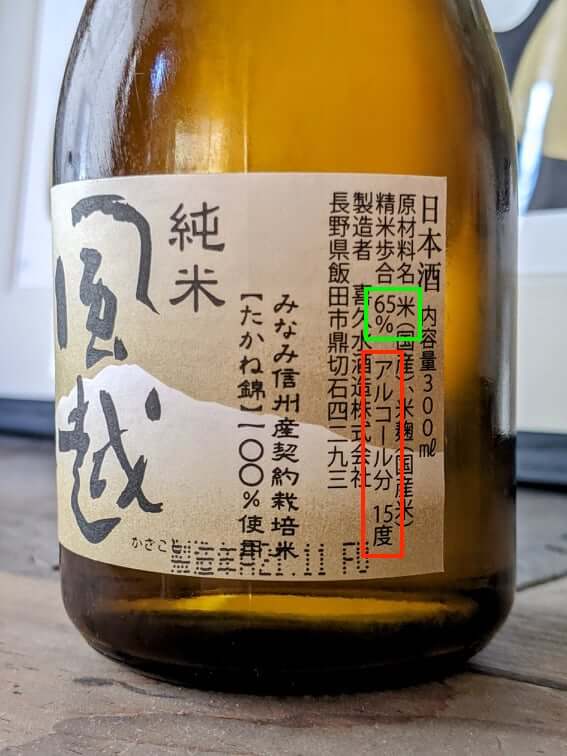
When you read 65%, it simply means that 65% of the grain remained and 35% had been removed following polishing (as indicated in the green box on the bottle above); or if you were to read 40%, it means 40% remains and 60% has been removed. In theory, as the percentage goes down, the taste becomes more refined but is just that – just a matter of taste. Some people prefer a higher percentage and the taste that comes with it while other prefer the lower end of the spectrum. This is where a couple of key terms come in that are worth remembering:
1 / HONJOZO: polishing rate of 70% or less (down to 61%)
2 / GINJO: polishing rate of 60% or less (down to 51%)
3 / DAIGINJO: polishing rate of 50% or less (down to around 23%)
There’s plenty of other terms to remember but these three are a good place to get started. In terms of alcoholic content, sake once brewed typically has an alcohol content of 17% to 20%. Most brewers dilute the sake with water reducing the overall alcohol content of most sake to between 12% to 16%, however there’s lots of variation including a type of sake called ‘genshu’ that is not diluted and will however a higher alcohol content. Alcohol content is not marked with a % symbol on the bottle however it must be included on the label. Look for these characters - アルコール (alcohol) - followed by a number i.e. アルコール15度 = 15% alcohol content (as indicated in the red box on the bottle above).
THE BREWING PROCESS
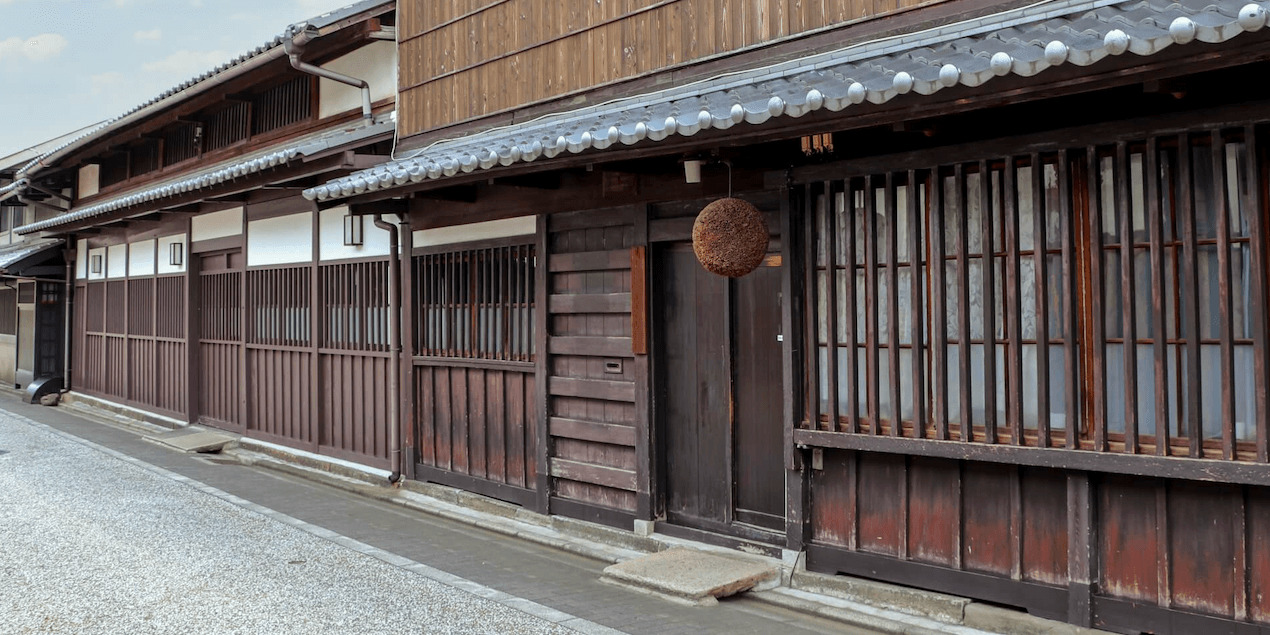
Much like beer and wine, sake is produced through a fermentation process. The entire process from start to finish typically takes around 3 to 5 weeks, with most sake then stored for a period of anywhere from 3 to 12 months to allow the flavor to settle and the process completed before it is ready to be consumed. Production of sake requires four key ingredients: rice, water, koji (a type of mold) and yeast, with the process of molding and fermentation taking place at the same time in what is referred to as ‘multiple parallel fermentation’. This multi-stage fermentation is required in order to convert the starch in the rice to glucose which can then be converted into alcohol, unlike wine for example which takes advantage of the sugars already present in grapes. Here’s a brief and very general overview of the brewing process:
1 / POLISHING or MILLING THE RICE: the first step is to polish or mill the rice grain to remove the outer husk. The husk and outer areas of the grain contain fats and minerals that are considered to be poor to taste. By removing them, the taste of the sake will be better at the end and in theory, the more you remove, the better the taste will be – as explained above.
2 / WASHING & SOAKING: the milled rice is then washed to remove any remaining bran and then soaked in water – typically for 1 to 3 hours – until it has absorbed 30% of its weight in water and to prepare it for the next stage.
3 / STEAMING: the rice is steamed 40 to 60 minutes. This process begins to breakdown the starch inside the rice in preparation for fermentation. Once steamed, the rice is divided with some transferred to the fermentation vat while some is set aside to create ‘koji’
4 / ‘KOJI’ PREPARATION: steamed rice is inoculated with ‘koji’ fungi to create ‘kome-koji’ (koji rice). It takes around 2 days for the spores to cover the rice. As the koji-fungi grows, it produces enzymes that will power the fermentation process.
5 / STARTER MASH PREPARATION: yeast – or ‘kobo’ in Japanese – is combined with steamed rice, water and a portion of koji to create the ‘starter mash’. Known as ‘shubo’ in Japanese, the mash is highly-acidic and will suppress microbes that can spoil the sake. At this stage, everything is ready to combine and begin the fermentation process.
6 / FERMENTATION: standard ratio of steamed rice, koji and water are combined in a fermentation tank, typically over a 4-day period. Not everything goes in at once but is incrementally added and the temperature controlled and gradually reduced overtime. Known as the ‘moromi’ (main mash), the enzymes in the koji dissolve the starch in the rice into glucose and yeast converts those sugars into alcohol. The process typically takes 3 to 4 weeks and produces alcohol content around 17% to 20%.
7 / PRESSING: the ‘moromi’ is then removed from the fermentation vat and pressed by machine or hand, separating the alcoholic liquid from the lees - called ‘sakekasu’ in Japanese it is highly-nutritious and used for many things in Japanese kitchens. At this stage the alcoholic liquid is cloudy with rice sediments still present.
8 / FILTERING: most but not all sake is then filtered to remove sediments, resulting in a clear liquid.
9 / FIRST PASTEURISATION: most but not all sake is then pasteurised at a temperature of around 60°C in order to sterilize the liquid and make the enzymes in active. Some sakes, called ‘namazake’ are not pasteurized. This have a distinctly different tastes and notably shorter shelf life as the active enzymes will eventually ruin the taste i.e. they must be consumed within a short time of production.
10 / MATURATION: the pasteurization process alters the aroma and taste of the sake requiring a period of maturation in which the sake is stored and left to settle. This can span anywhere from 3 to 12 months.
11 / BLENDING: water is typically, but not always, added to dilute the alcohol content from 17% to 20% down to 12% to 16%. Distilled alcohol can also be added at this time should the brewer wish to.
12 / SECOND PASTEURISATION: many brewers will then pasteurise their sake for a second time without any further storage or maturation.
13 / BOTTLING & DISTRIBUTION: that’s it, the sake is now ready to go! It is bottled, sold and consumed.
TOP 4 SAKE REGIONS IN JAPAN
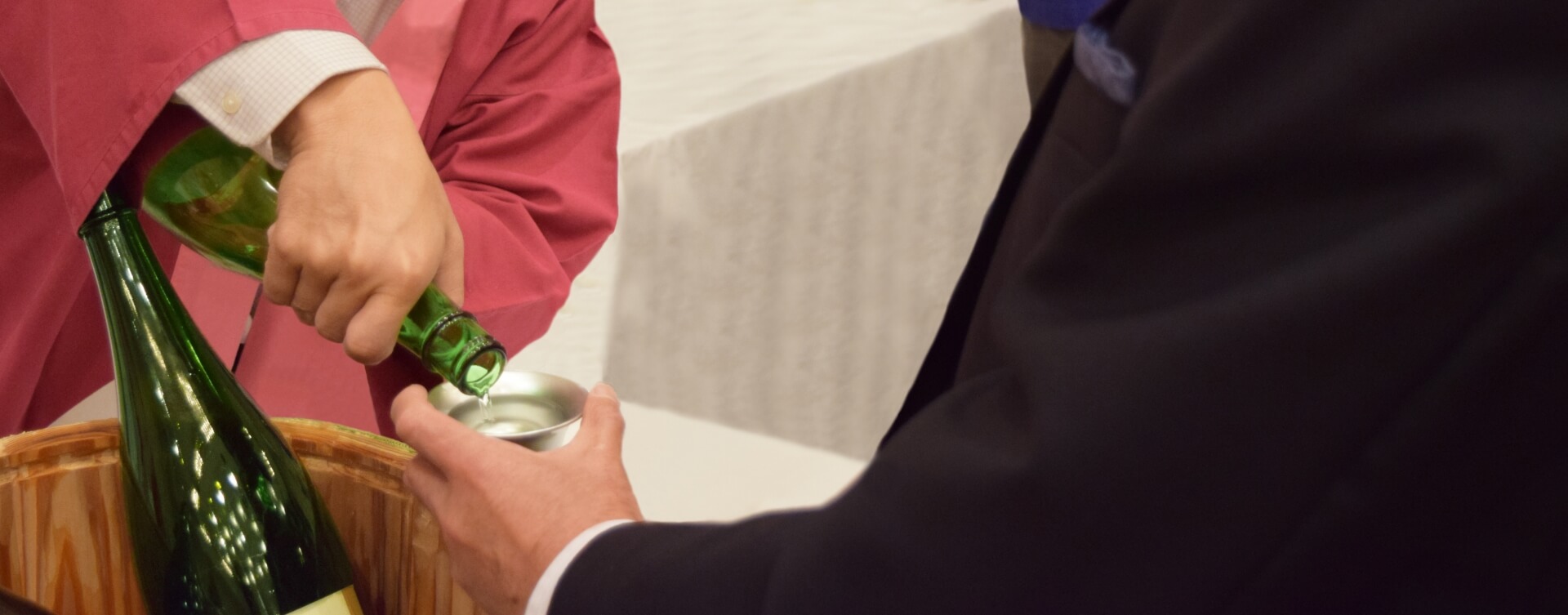

You’ll find excellent sake in all regions of Japan, with no prefecture short on breweries. Indeed one of the great pleasures of traveling around the country is to enjoy the regional brews, especially when paired with regional cuisine. Just ask the locals for a recommendation and you’re sure to find a good one. Which region produces the overall best sake is of course subjective and opinions will vary greatly. However, when it comes to which regions produce the most, there’s no debate as it’s all just on the stats. These are Japan’s top four sake producing prefectures:
Niigata
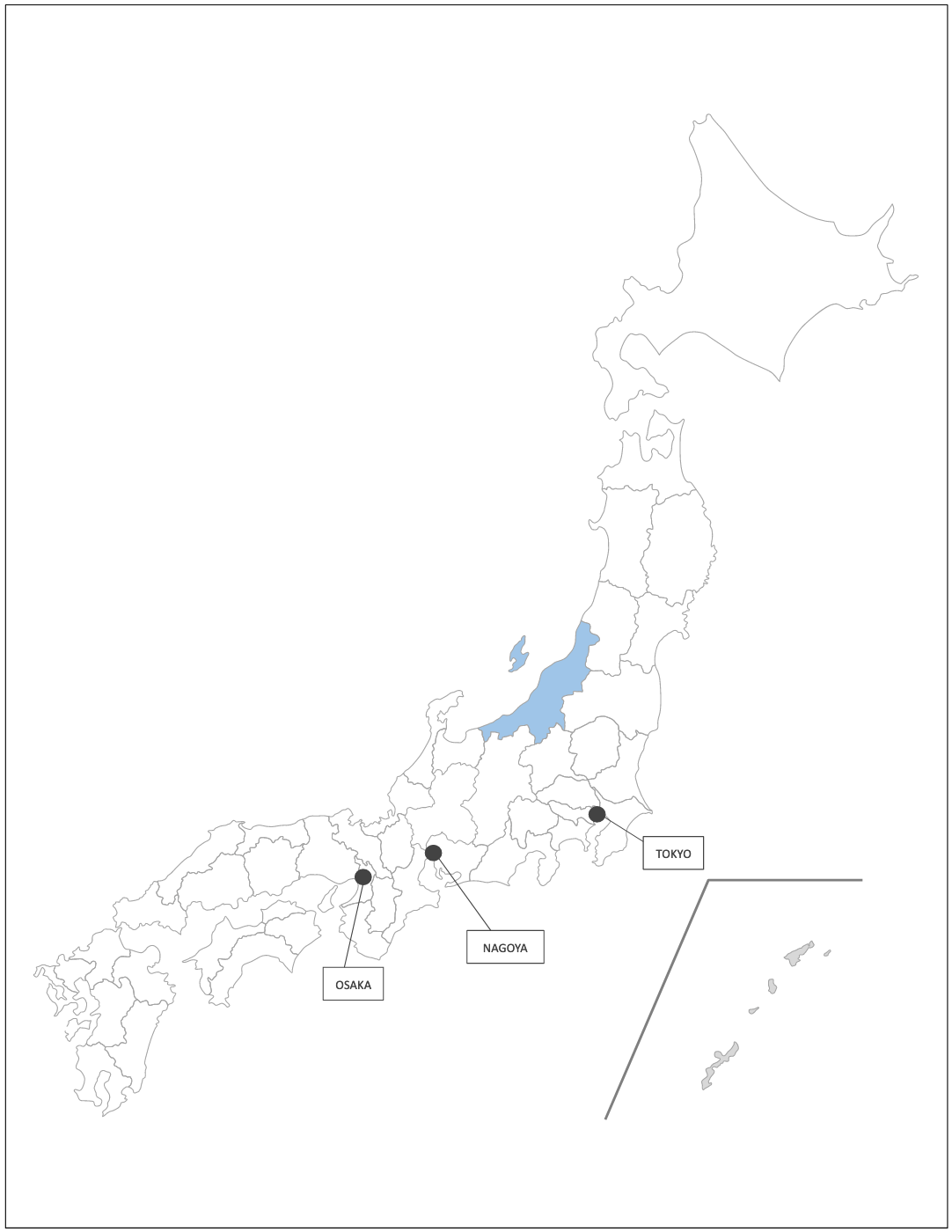
Niigata lays claim to the largest number of breweries in Japan – said to be 89 in total – an ideal climate for producing some of the best sake in the country. The region is subject to a long, cold winter which aids with brewing and specifically, fermentation, while the abundant ‘soft’ water and renowned high-quality of local rice avail the key ingredients for producing the best sake. The waters off Niigata also bless the region with some of Japan’s best seafood, the perfect match of the local sake. It’s no surprise that Niigata also tops the charts when it comes to yearly sake consumption. Known for their crisp taste, Niigata sake are said to be gentle on the palate and with no lingering aftertaste.
Nagano
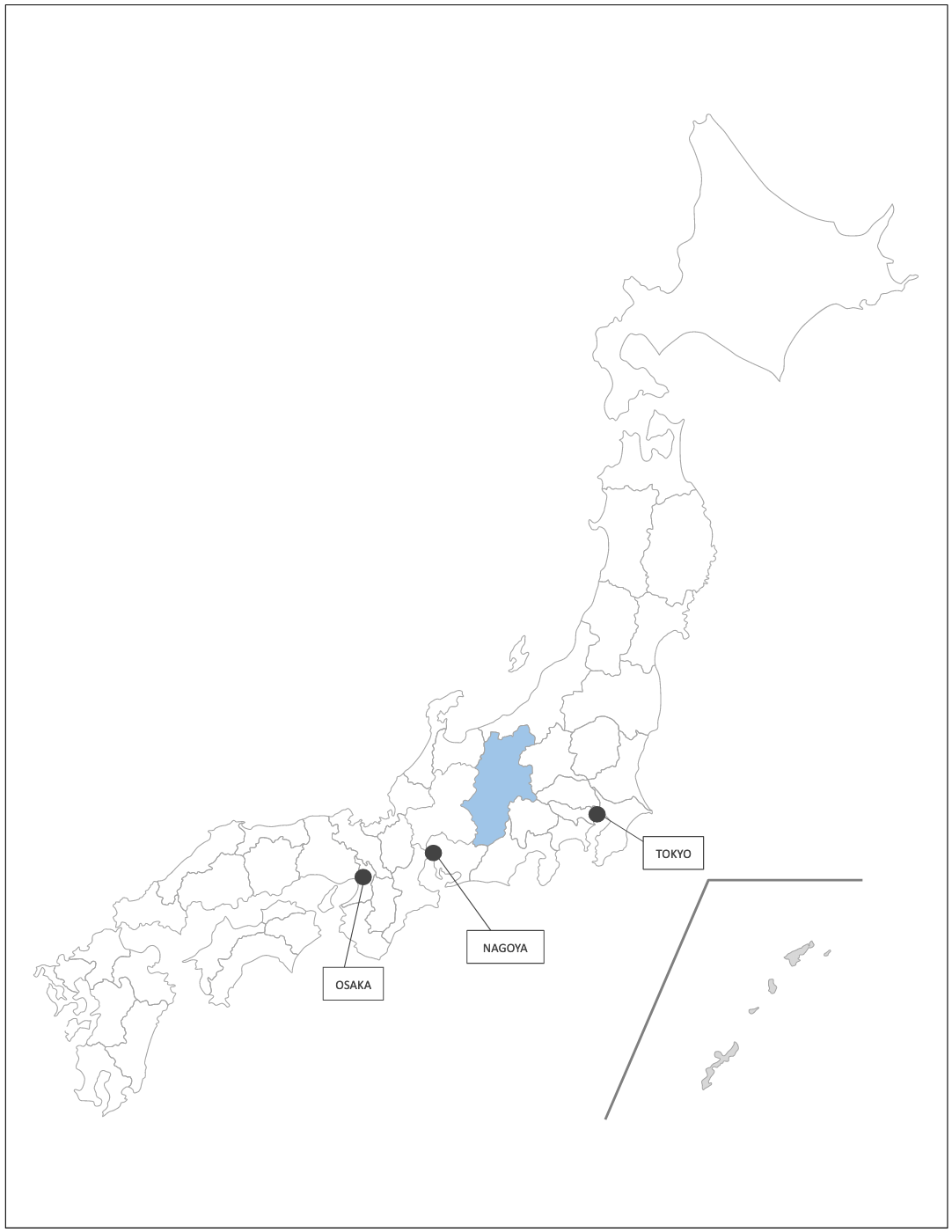
Our home region of Nagano lays claim to the second largest number of breweries – reported to be a total of 74 – and some of the best sake in Japan. It is one of only three prefectures – along with Yamanashi and Yamagata – to hold ‘Geographical Indication’ or ‘GI’ designation on both its sake and wine, testament to the quality and reputation of its products. Nagano’s long, cold winter and abundant water is ideal for producing top-quality sake, many of which use the snowmelt and natural springs to produce notably crisp tasting sake. Indeed water is key, as the production of 1 ‘bin’ (1.8L) of sake requires around twenty times more water. Nagano sake is said to be clean tasting and soft of the palate.
Hyogo
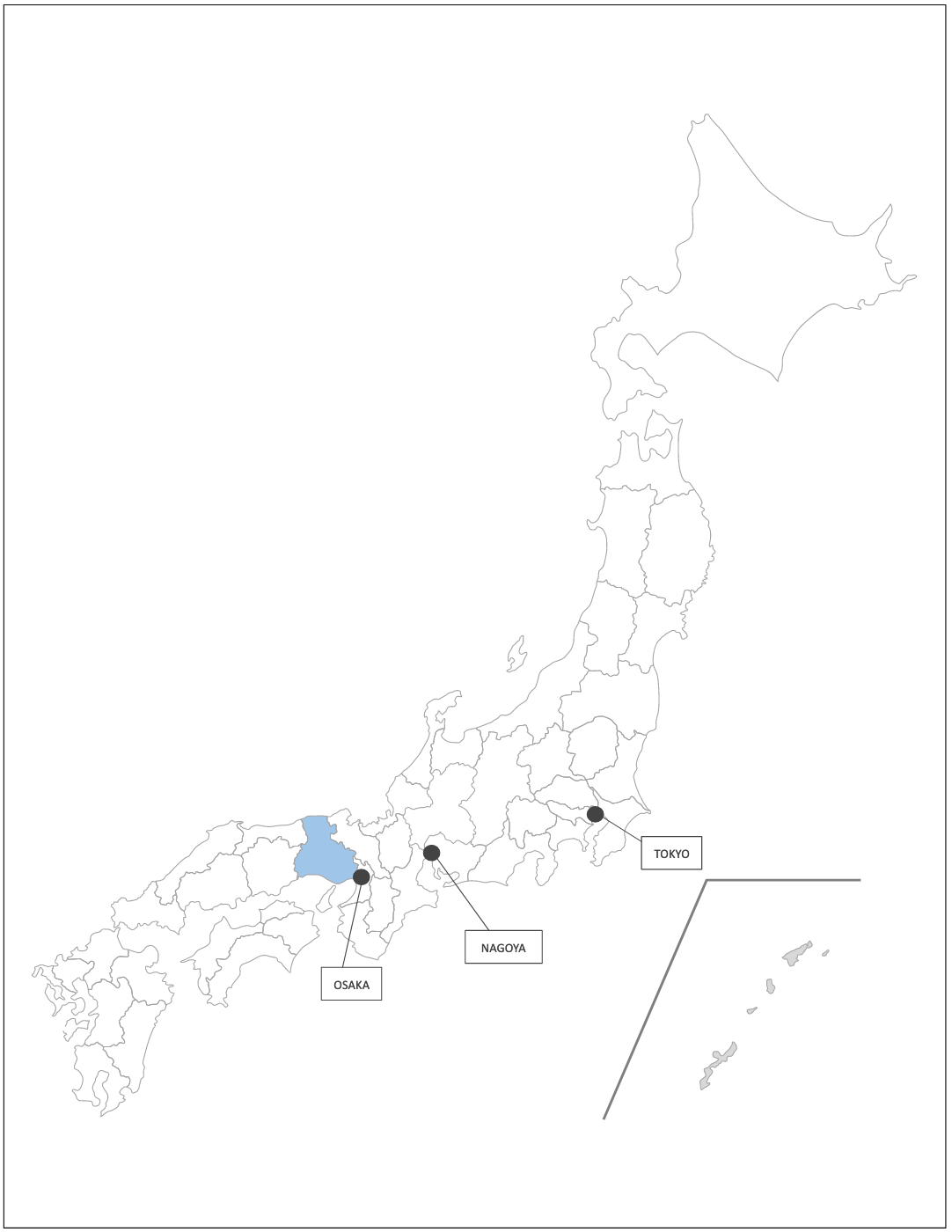
Unlike Niigata and Nagano that are located in the cold alpine region of Central Japan, Hyogo lies to the west and in terms of sake production, is made-up of five areas which distinct brewing histories. A total of 69 breweries are found in Hyogo, of which the Nadagogo area / tradition is the most celebrated. The area takes advantage of naturally-occurring mineral water that ensures a source of abundant, pure water in combination if with a locally-grown large grain rice ideal for sake production. Given the existence of distinct traditions of brewing within Hyogo, there is no one archetypal sake or taste profile to speak of in the region. But rest assured they are good and rank amoung the most reputed sake in Japan.
Fukushima
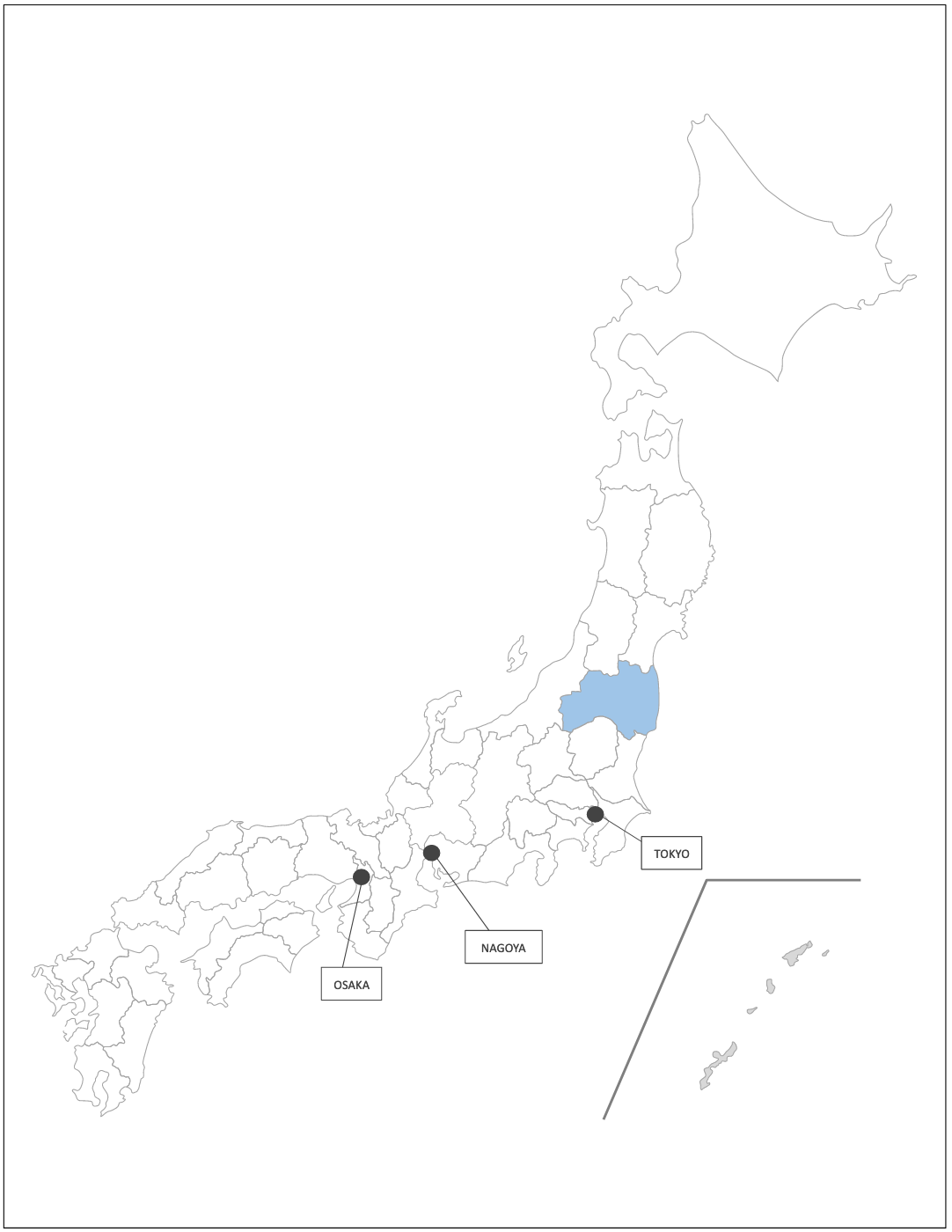
Returning north to the Tohoku region, Fukushima Prefecture is the fourth largest producer of sake in Japan, reported to have 63 operational breweries. Much like Niigata and Nagano, Fukushima is subject to a long, cold winter well-suited to brewing, with abundant clean water and high-quality rice. Fukushima also maintains distinct areas and traditions when it comes to sake production, each varying in taste but overall, the region’s sake is known for its ‘umami’-laden flavours while balancing a rich yet refreshing taste.
WINE & DINE IN NAGANO: BOOK A TOUR OR CHARTER
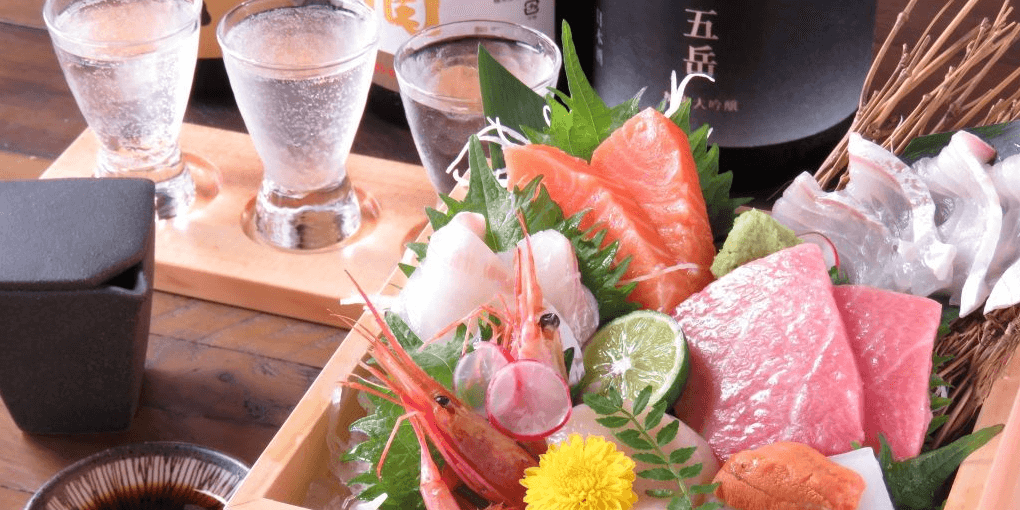

Based in Nagano and operating all year round, we are the region’s No.1-rated tour and charter operator. As a registered travel agent, we can arrange tours, transport, accommodation or combine them into a travel package that best suits your needs and interests. Want to visit one of Nagano’s best sake breweries, wineries or restaurants? We’ve got you covered! Our ‘Wine & Dine in Nagano: Book a Tour or Charter’ page is a great place to start when planning your visit to Japan’s sake and wine hotspot. We hope to see you soon in Nagano!
TERMINOLOGY YOU SHOULD KNOW
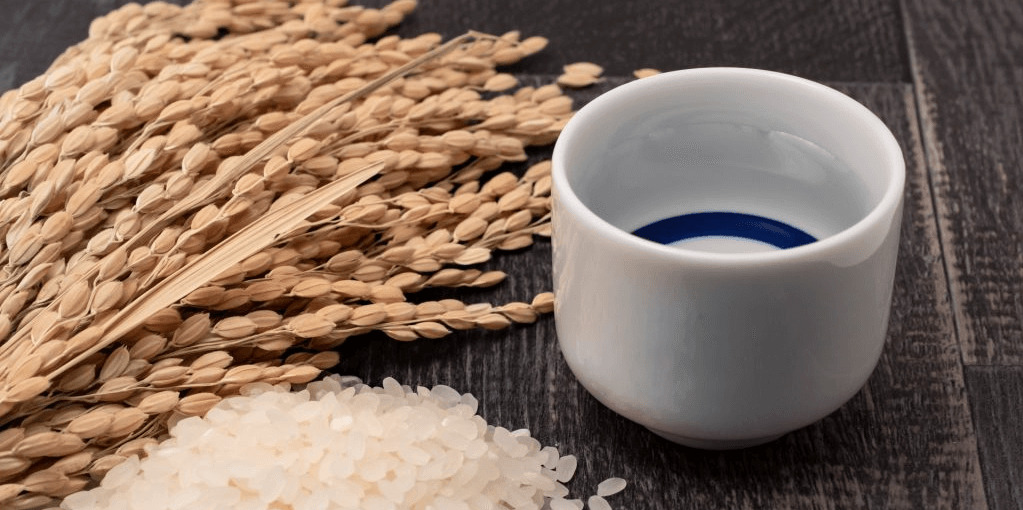
Dipping your toes into the warm world of sake is tremendously rewarding but can also be a little daunting. With so much to get your head around, we recommended starting with these useful terms:
Amakuchi: sweet taste.
Amazake: sweet, cloudy sake that is sometimes alcoholic and sometimes is not.
Dai-ginjo: polishing rate of 50% or less with added distilled alcohol.
Futsushu: translates as ‘table sake’, typically non-premium, cheap and a good way to end-up with a hangover.
Genmai: unpolished rice.
Genshu: sake that has not be diluted with water during the brewery process leaving it with a notably higher alcohol content – typically 18 to 21%.
Ginjo: polishing rate of 60% or less (down to 51%) with added distilled alcohol and fermented at a low temperature.
Honjozo: polishing rate of 70% or less (down to 61%) with added distilled alcohol.
Jizake: locally-brewed, an equivalent of micro-brewed.
Junmai: pure sake made only from rice, water and koji.














